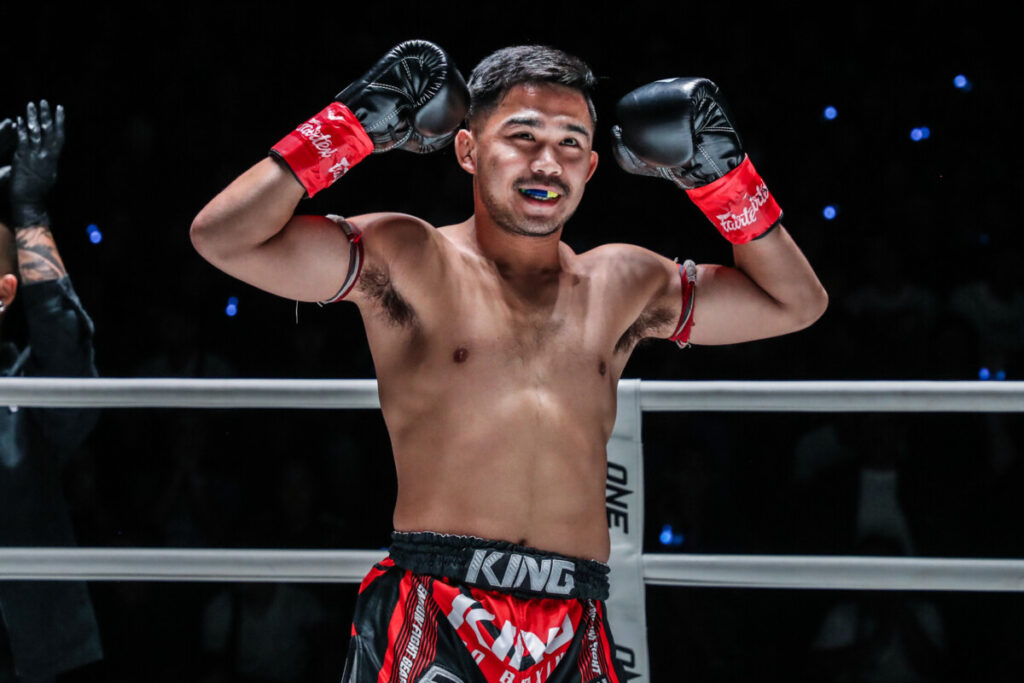In a recent interview, ONE Muay Thai and Kickboxing strawweight champion Prajanchai spoke on the hard sparring many Japanese fighters partake in for their fights, especially with that of Japanese former K-1 champion Takeru Segawa. He would explain the general Thai philosophy of sparring and what it is for.
“Well, in my opinion, I feel like sparring is all about exchanging techniques, learning from another person, and also just basically learning,” the PK Saenchai Muaythaigym athlete explained.
“For me, it shouldn’t be hard sparring, and I feel like hard sparring can cause more damage, because then you might get injured. I think it’s more of a disadvantage than a benefit to do hard sparring.”
The general explanation that Prajanchai made would explain why Thais tend to have many more fights than the average kickboxer. They seldom spar hard and fight more often than their kickboxing counterparts, and, by extension, get paid more often, as seen here, where Prajanchai is seen sparring with Omnoi stadium Muay Thai champion Ognjen Topić.

Prajanchai’s criticisms do hold weight.
Hard sparring is already a controversial subject across all combat sports. As many fighters believe, they lose portions of their careers by taking brutal head trauma while hard sparring continuously for fights that will surely only inflict even more brain trauma. So the Thai method of making sparring more of a learning practice instead of fighting before the fight even happens is likely the safest and most effective method.



















